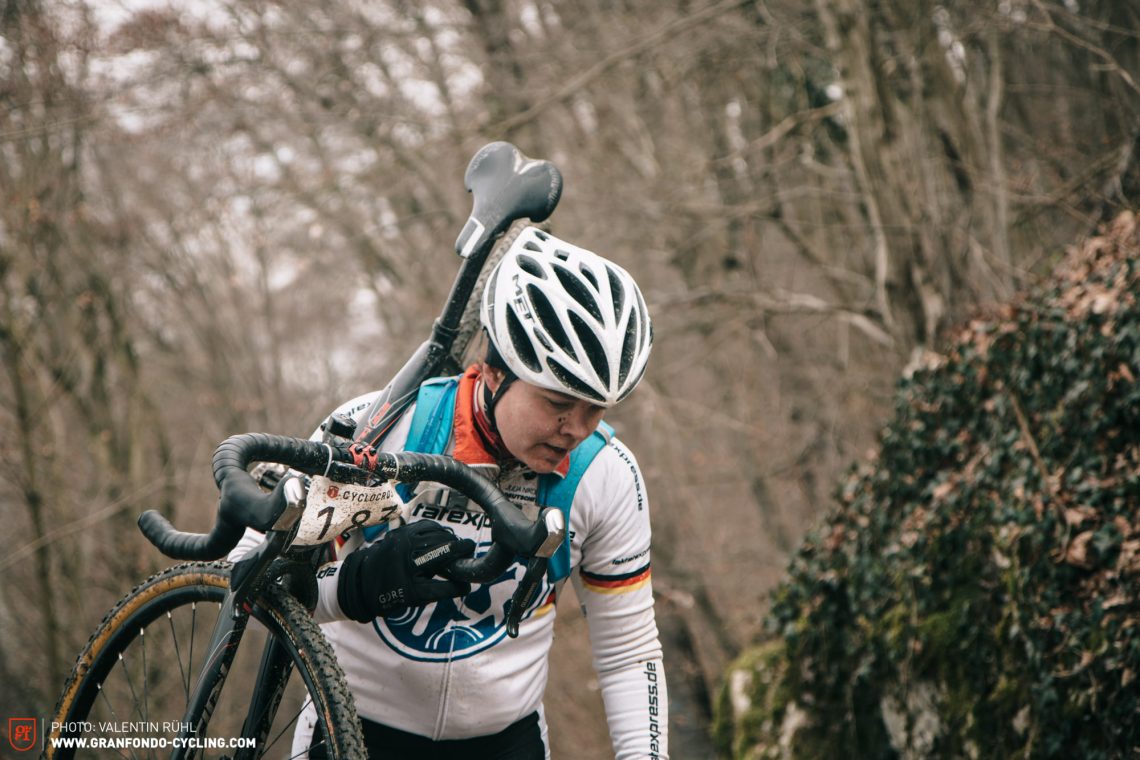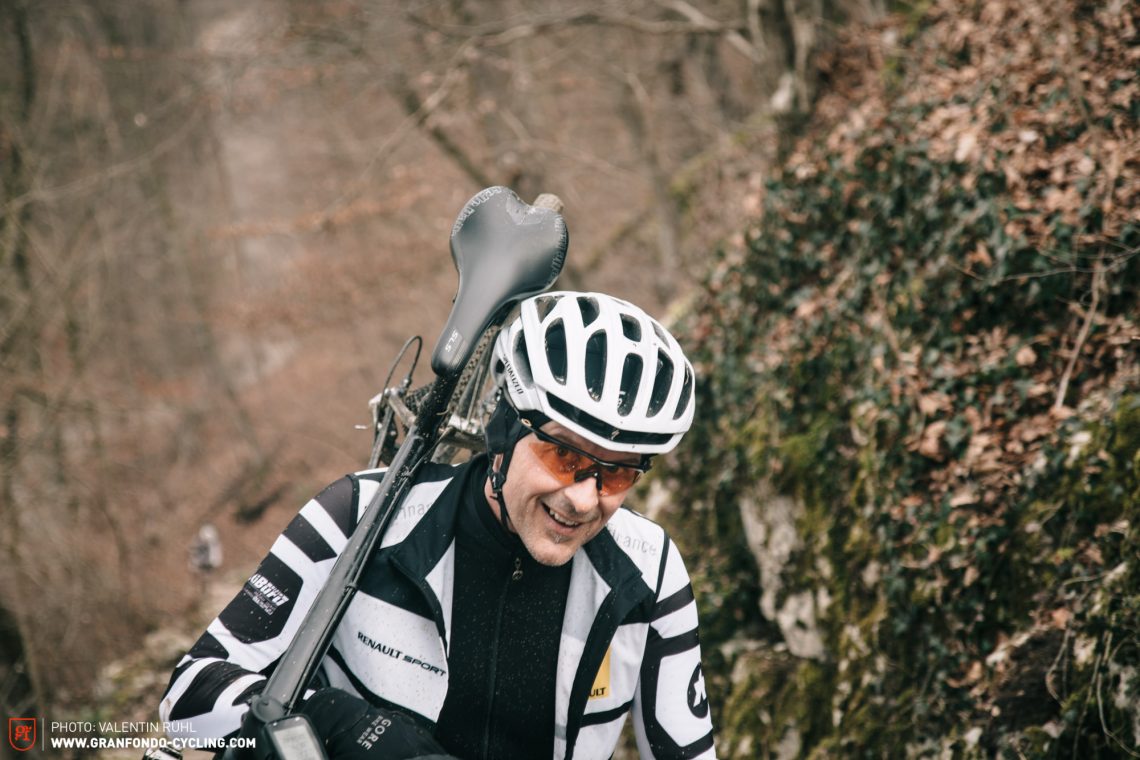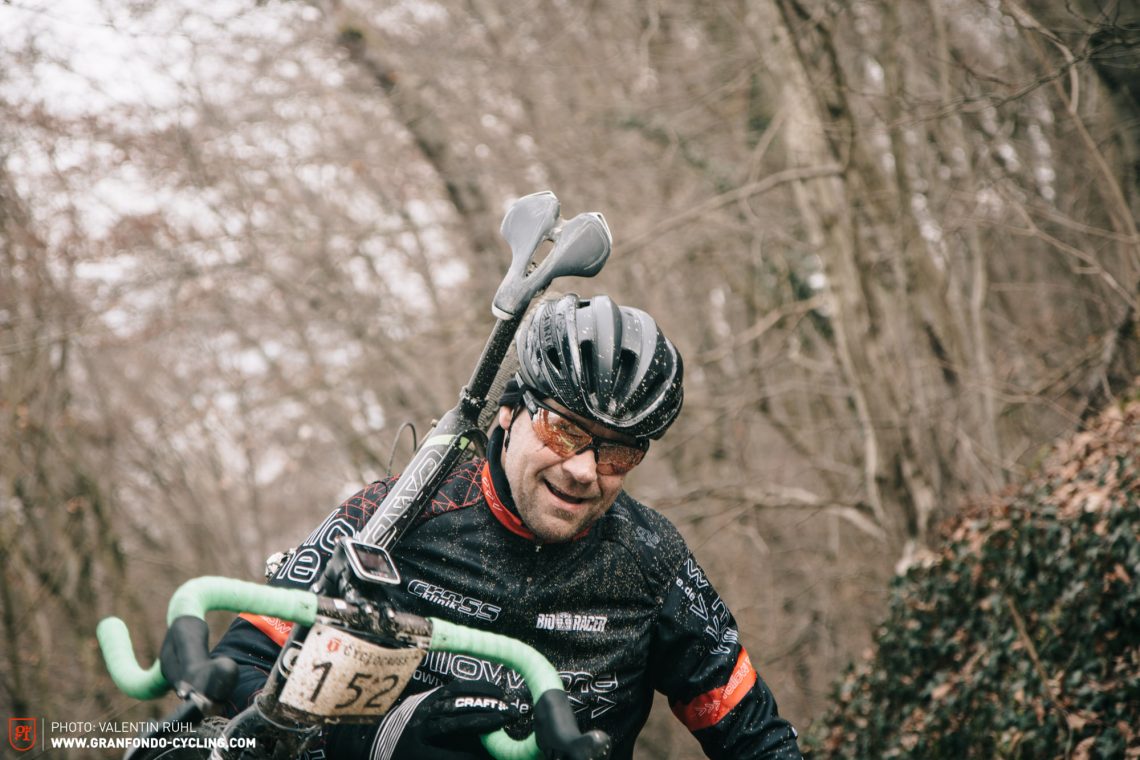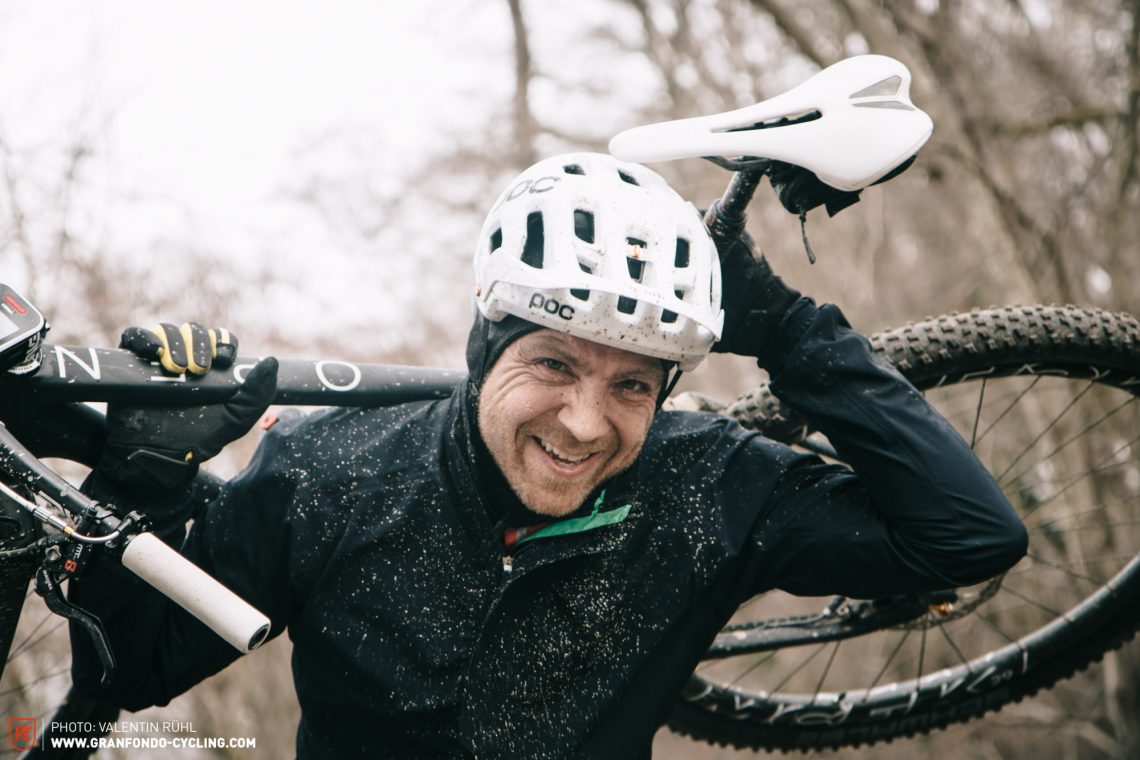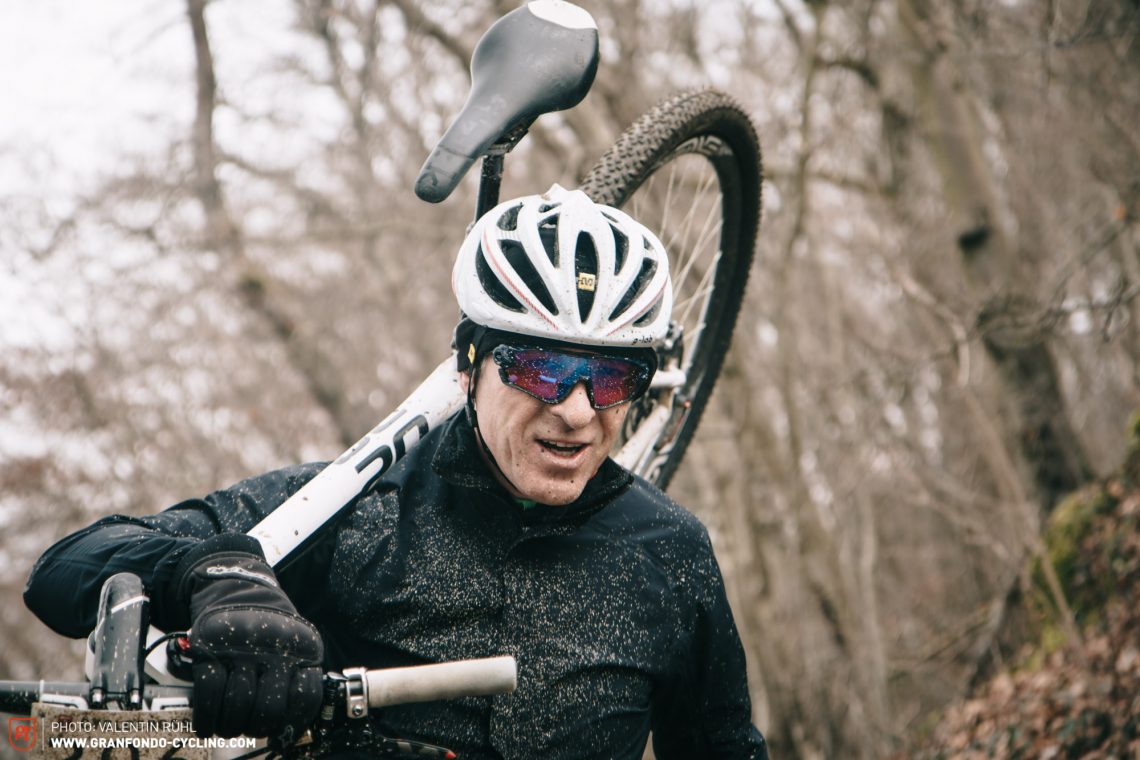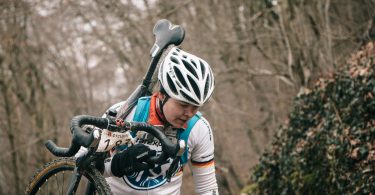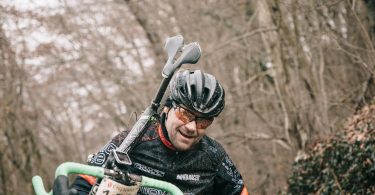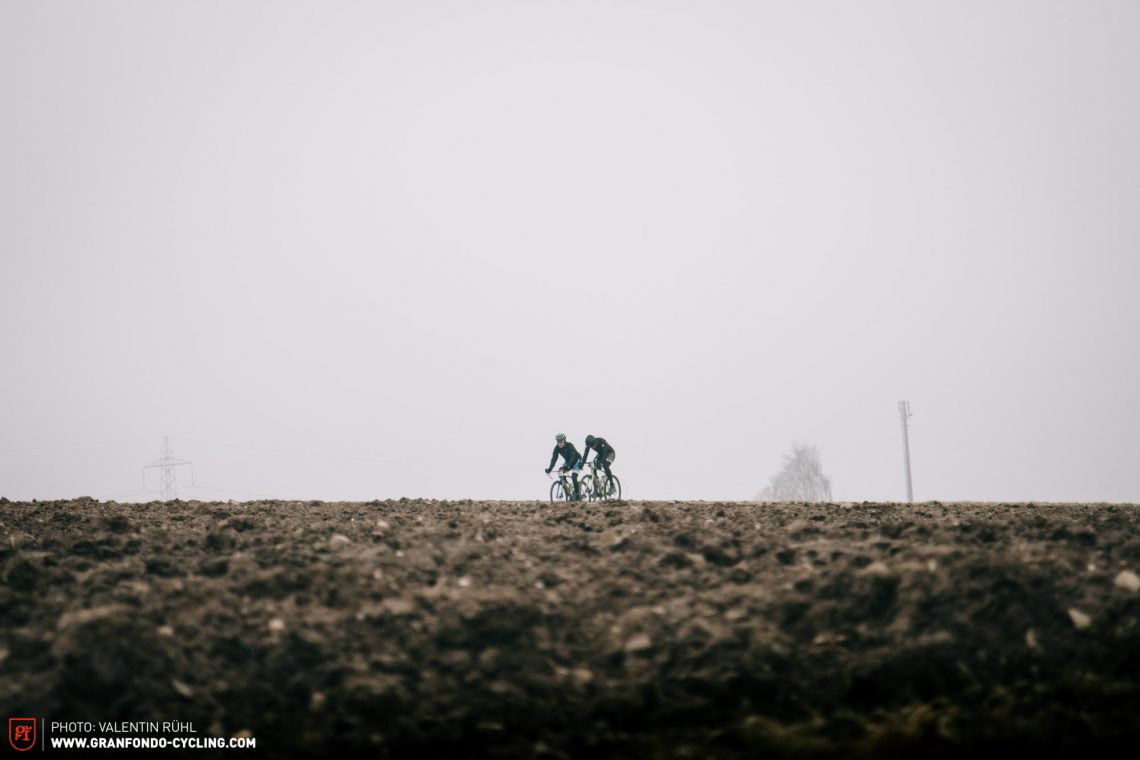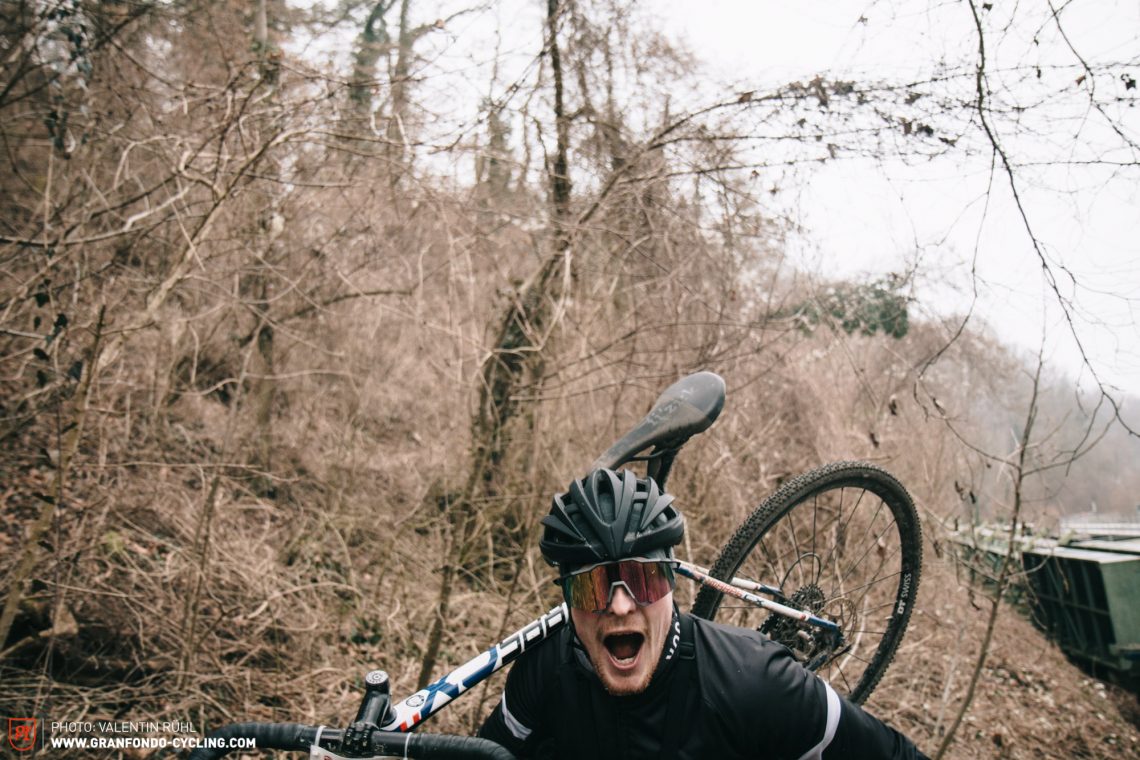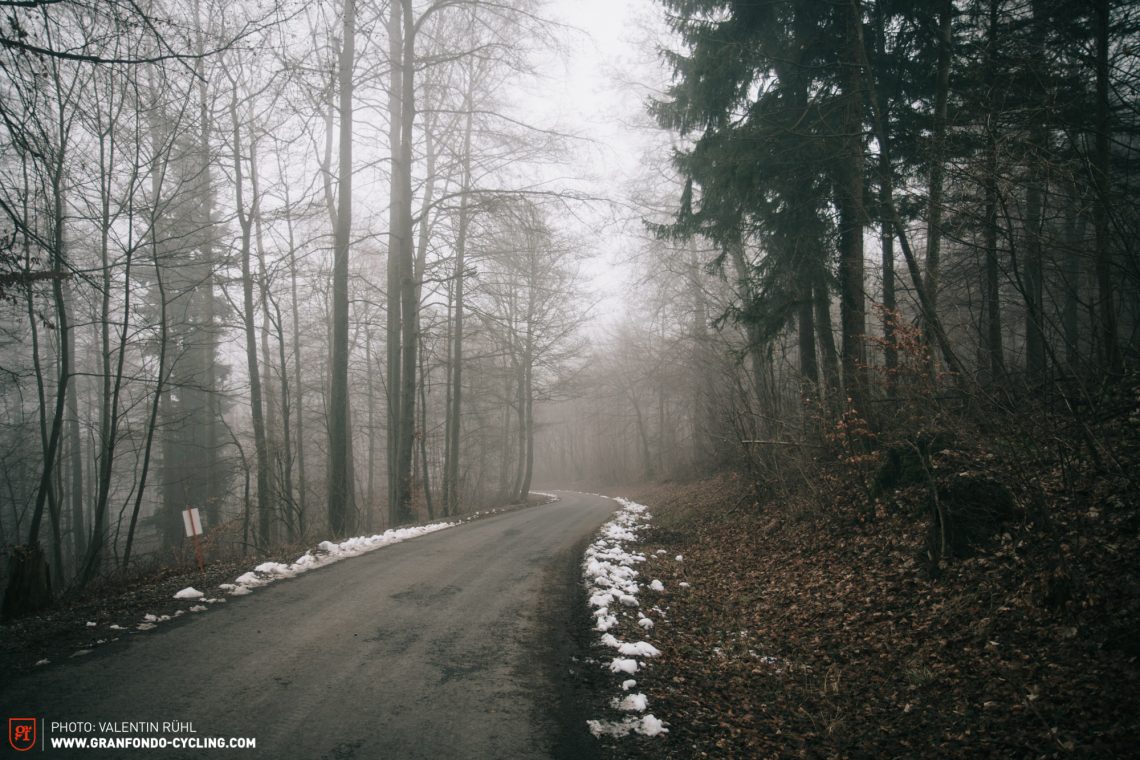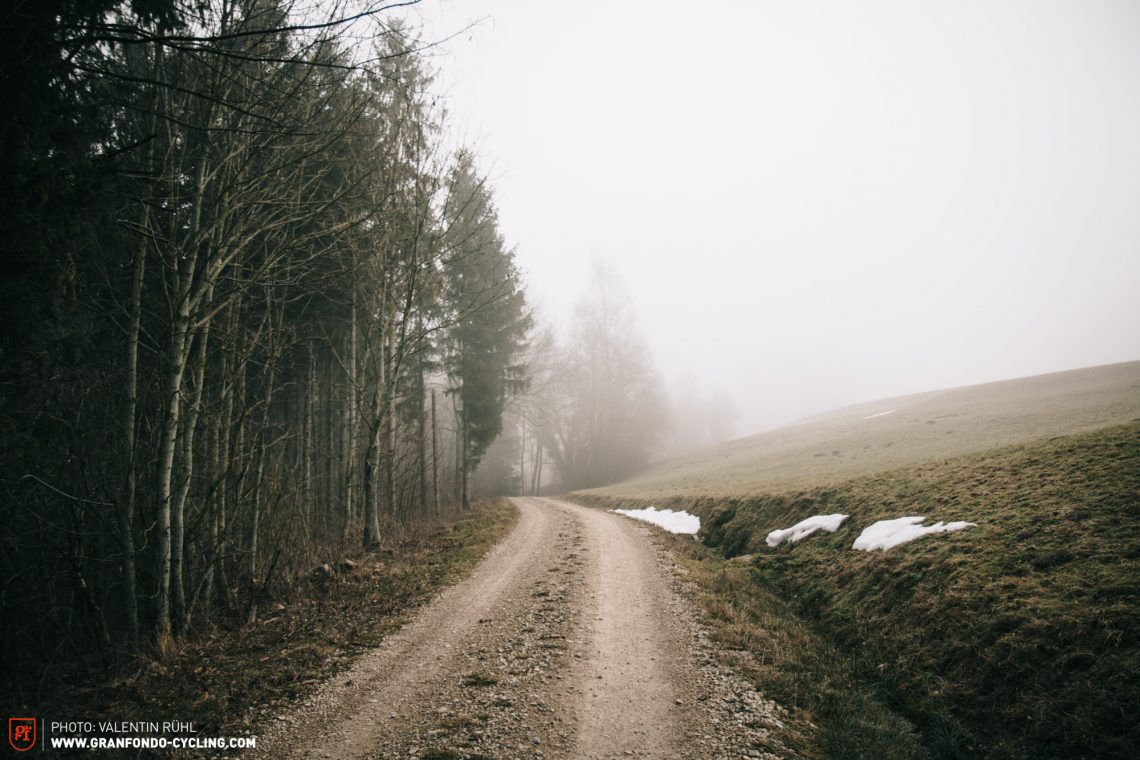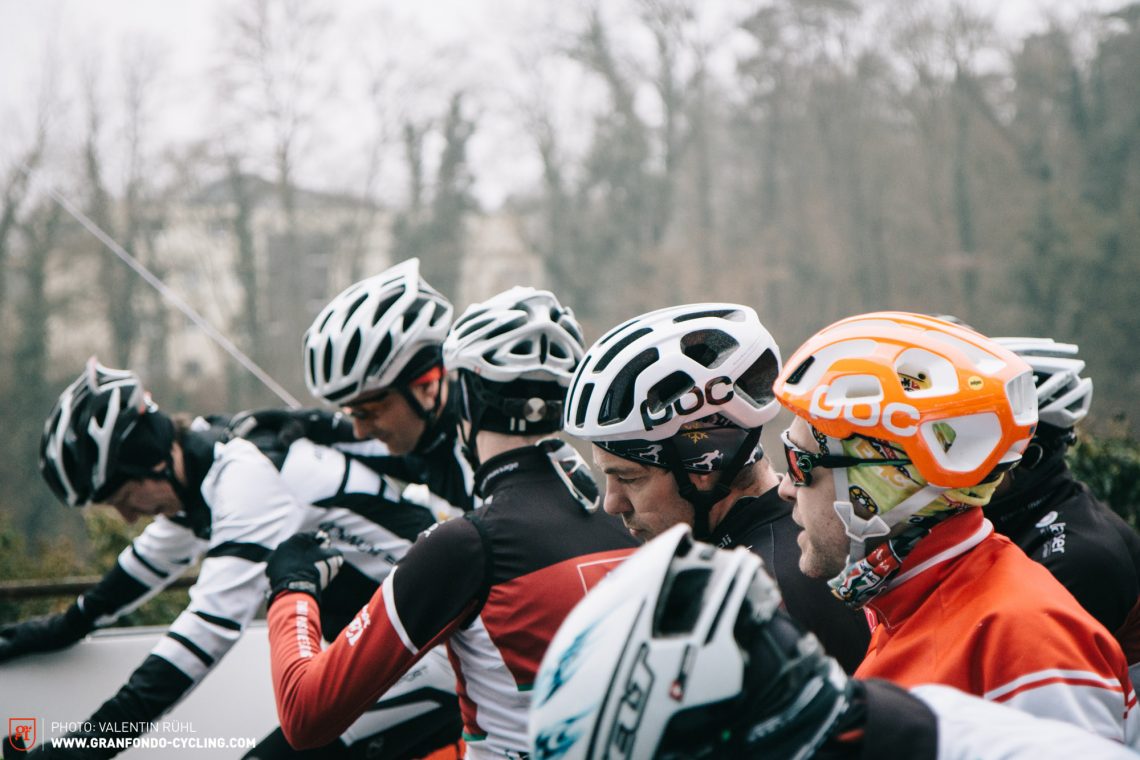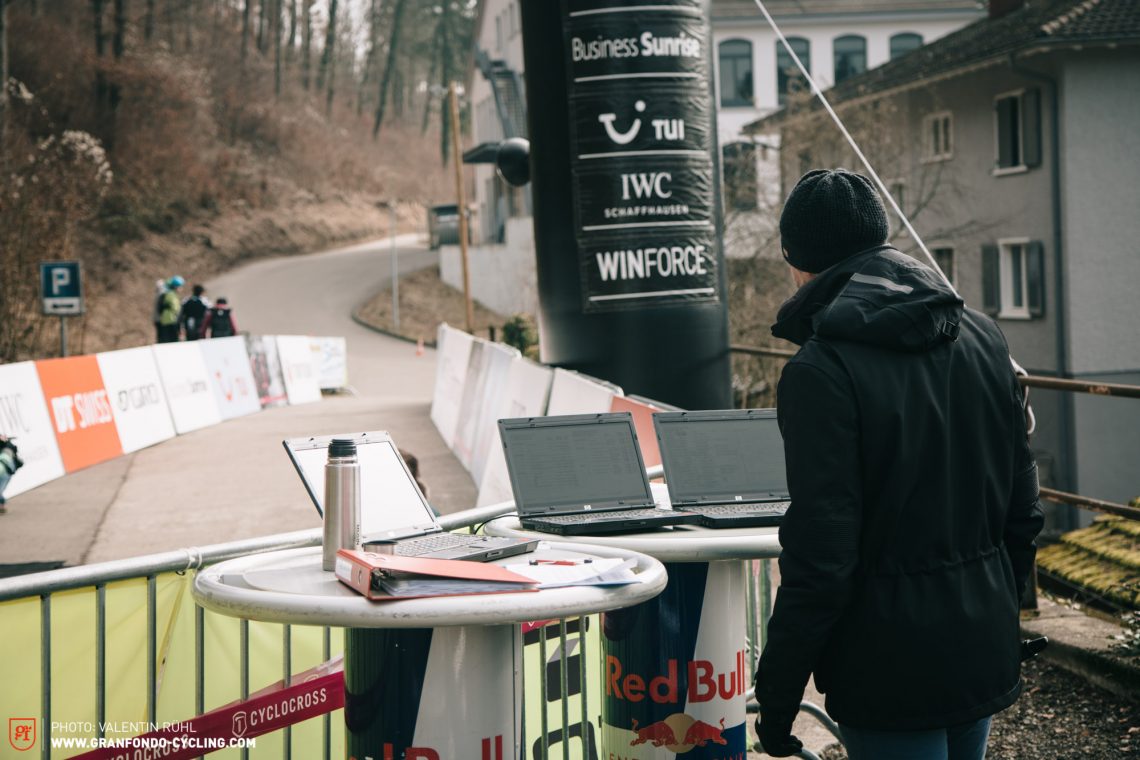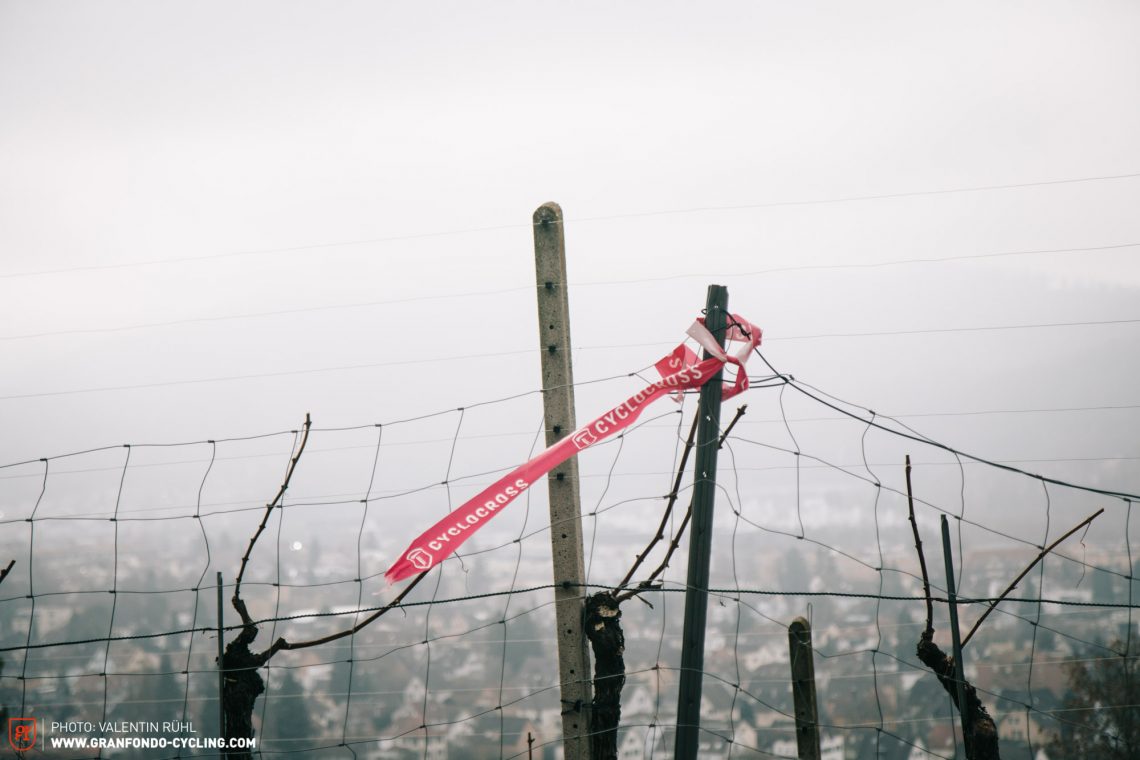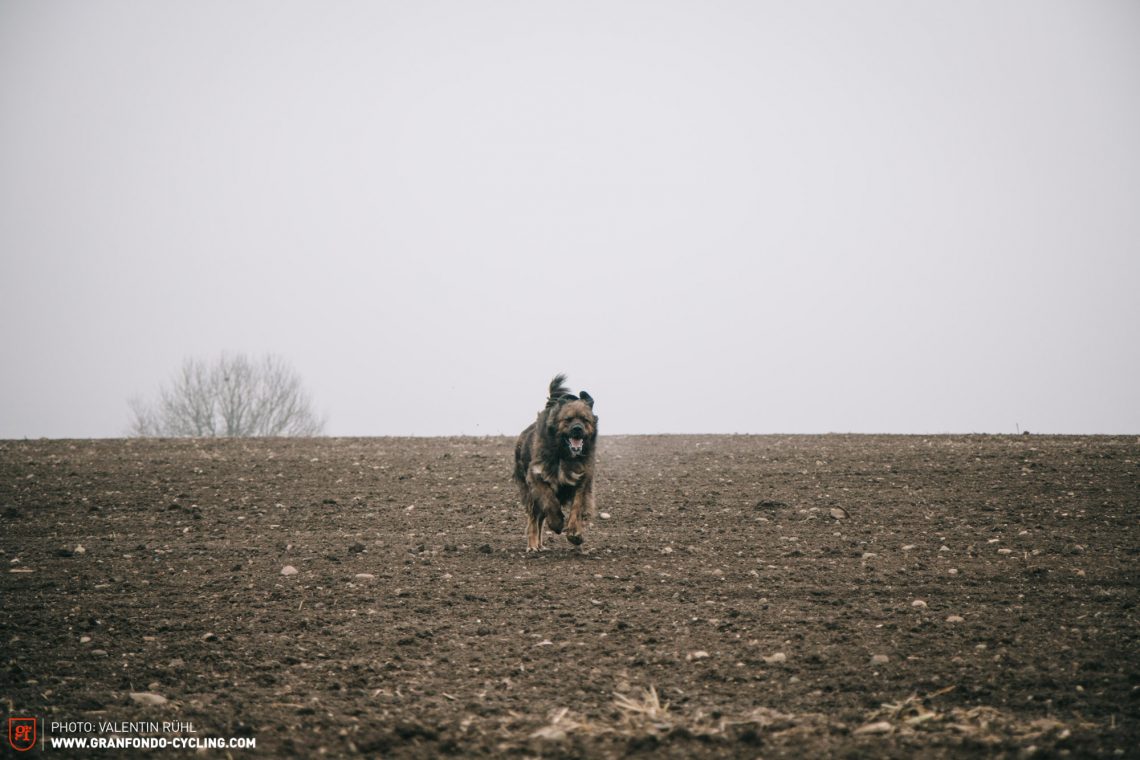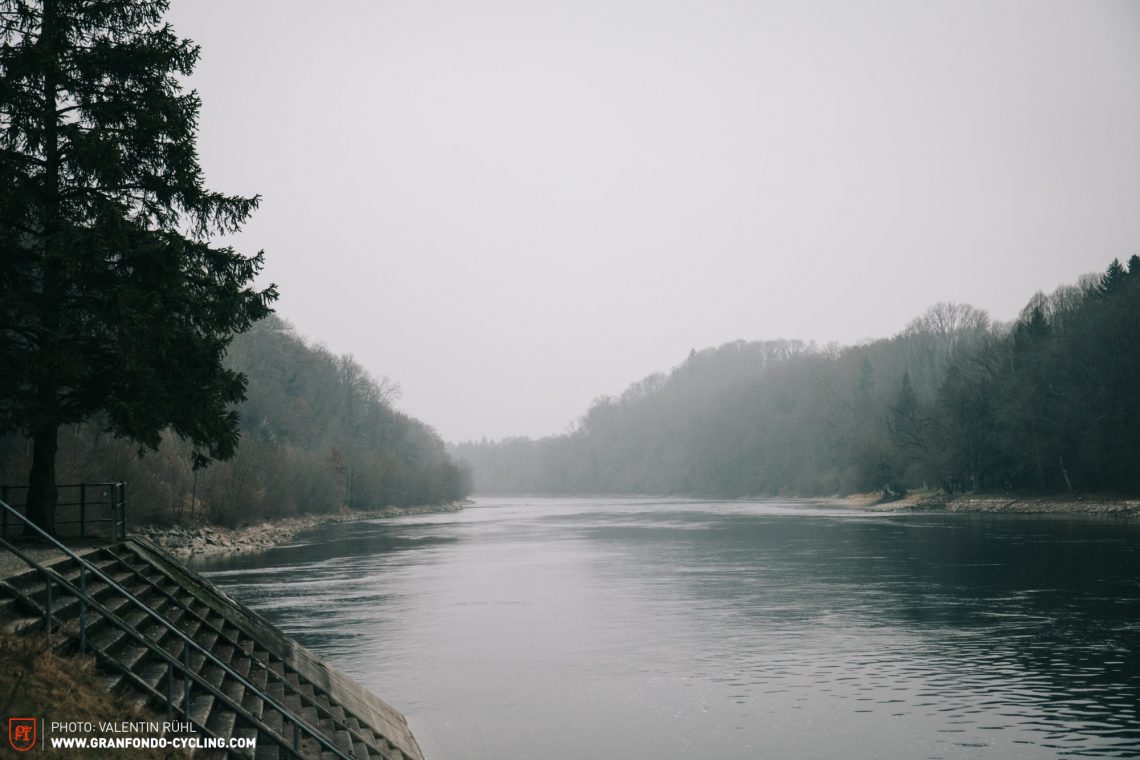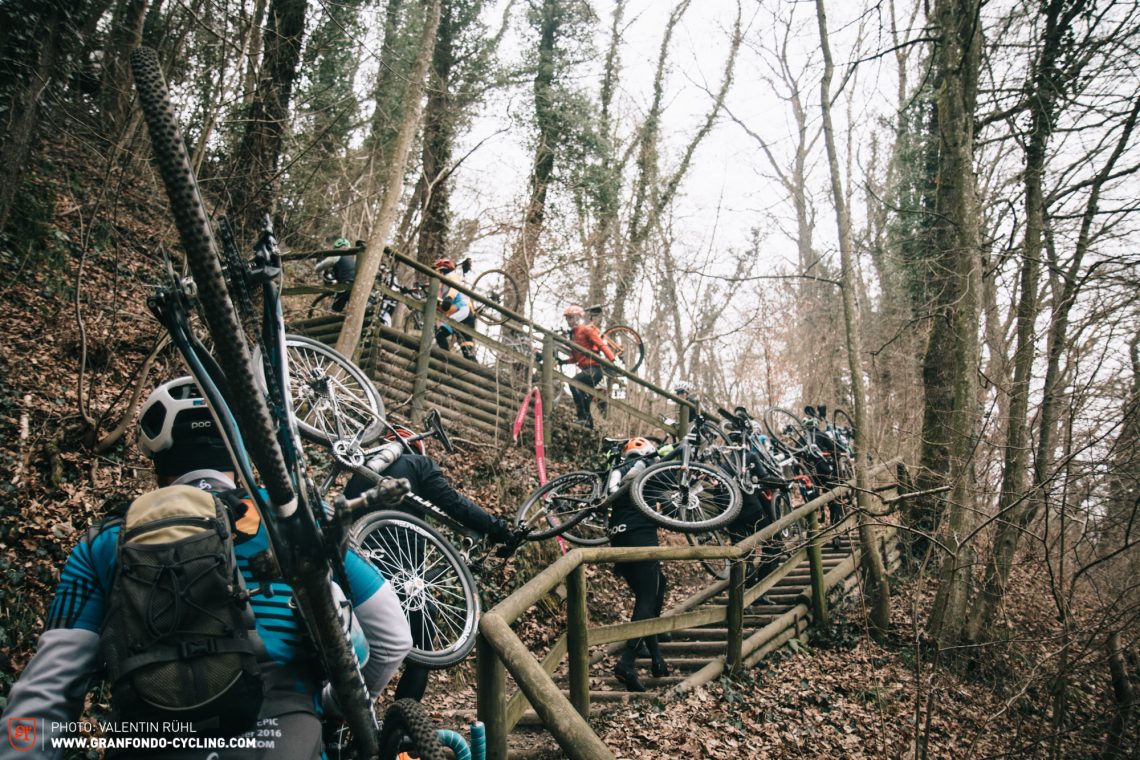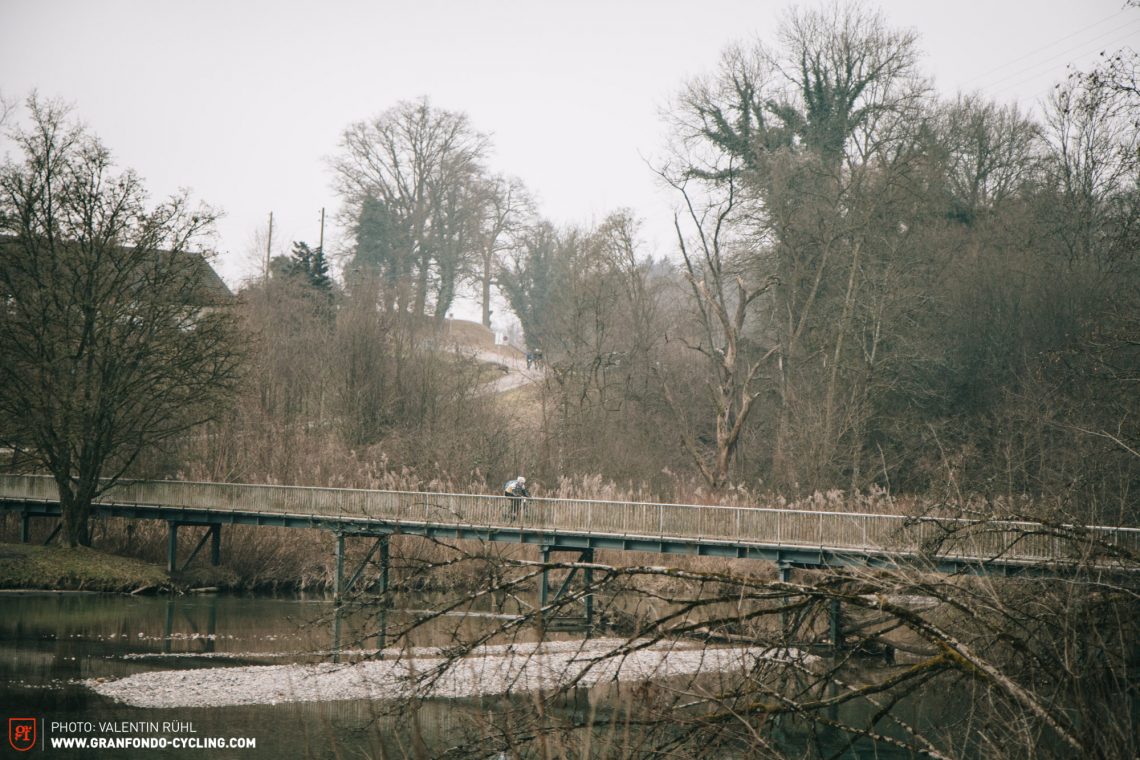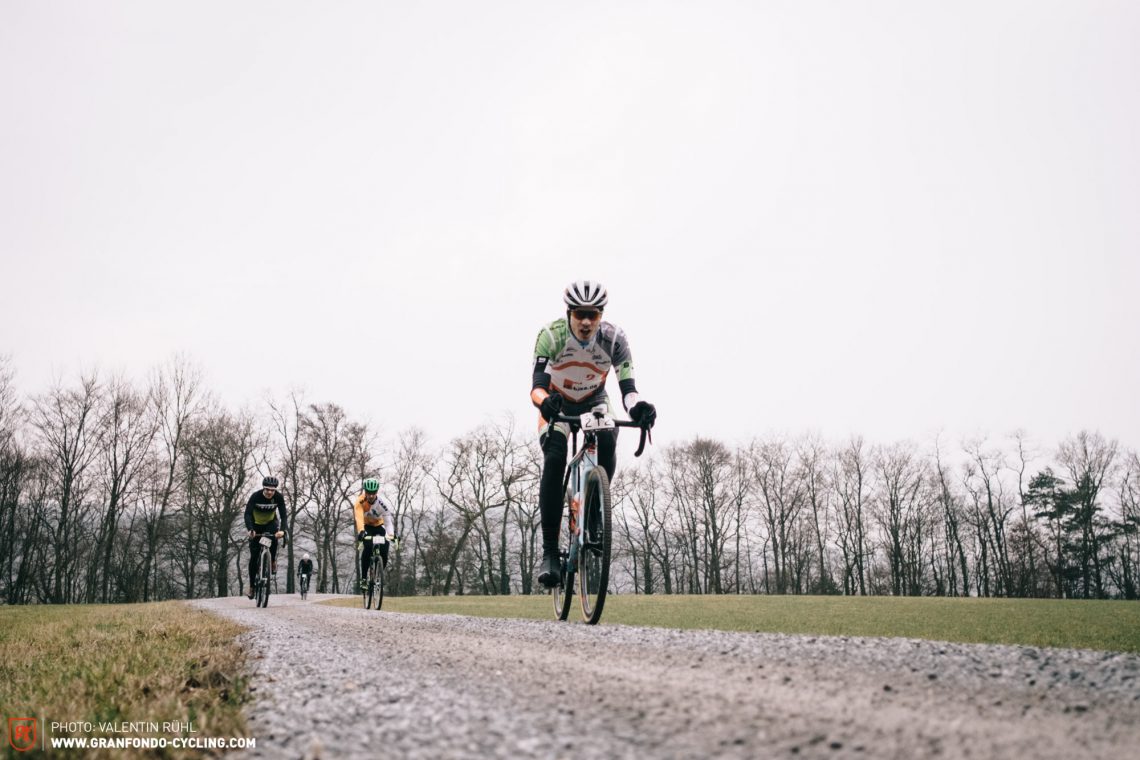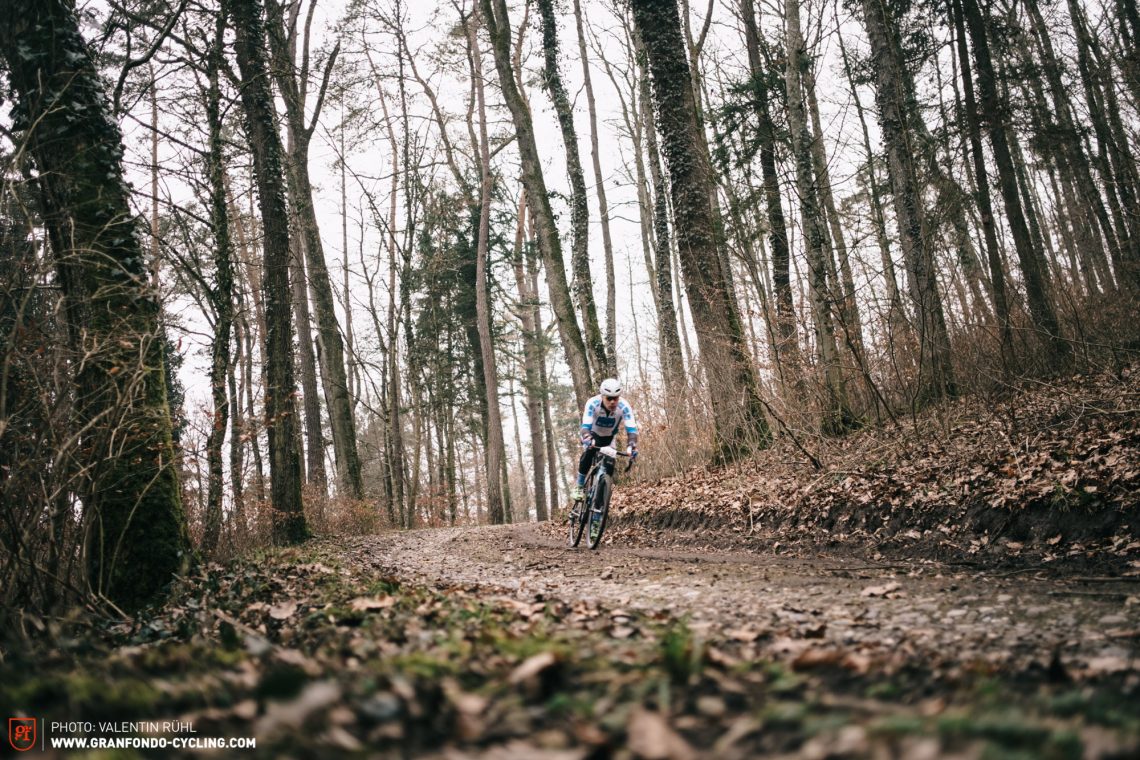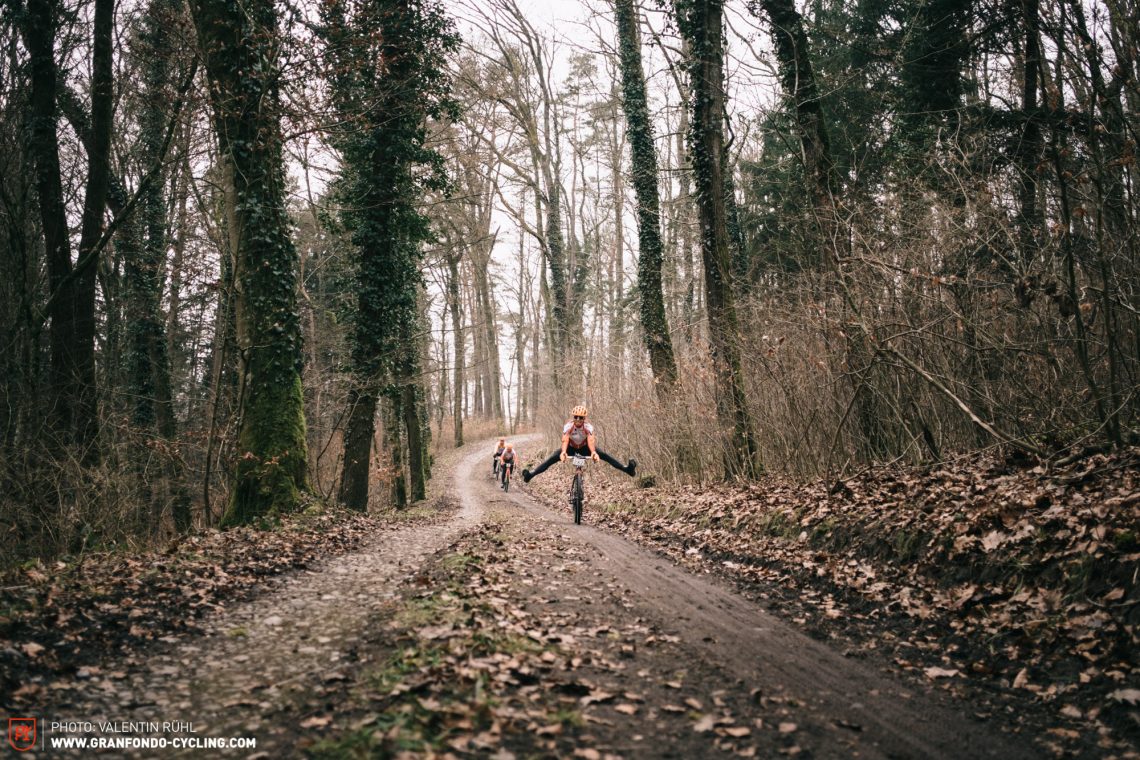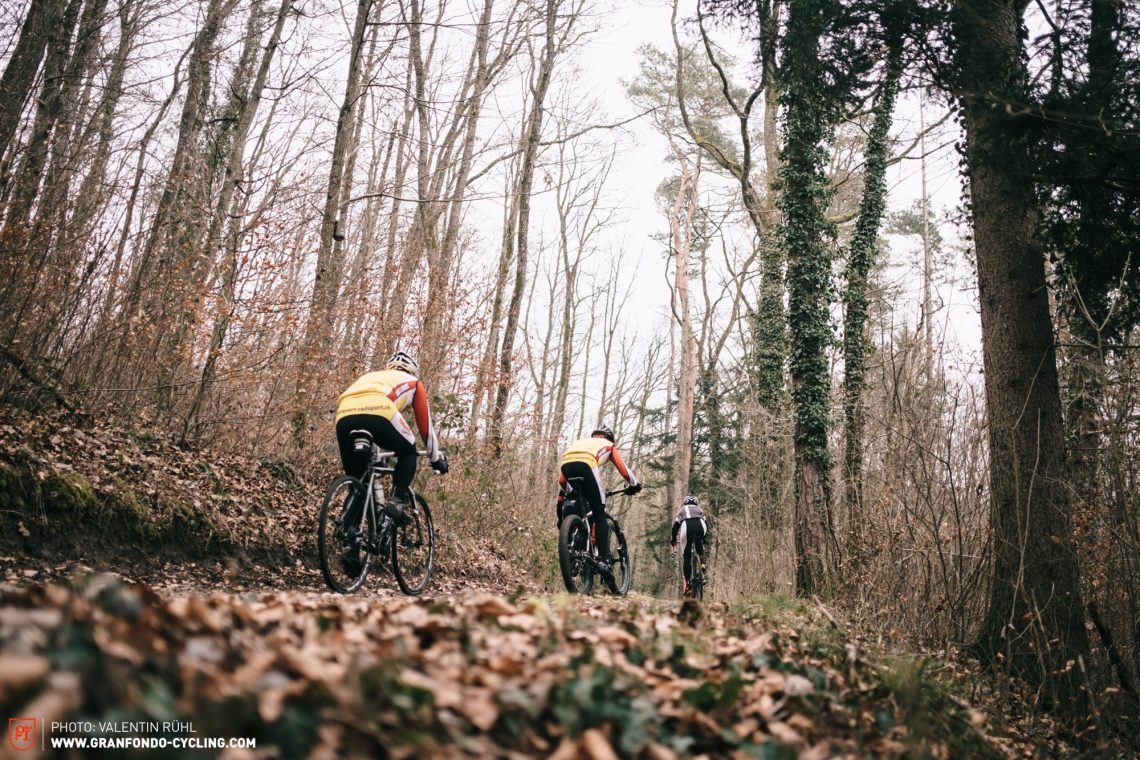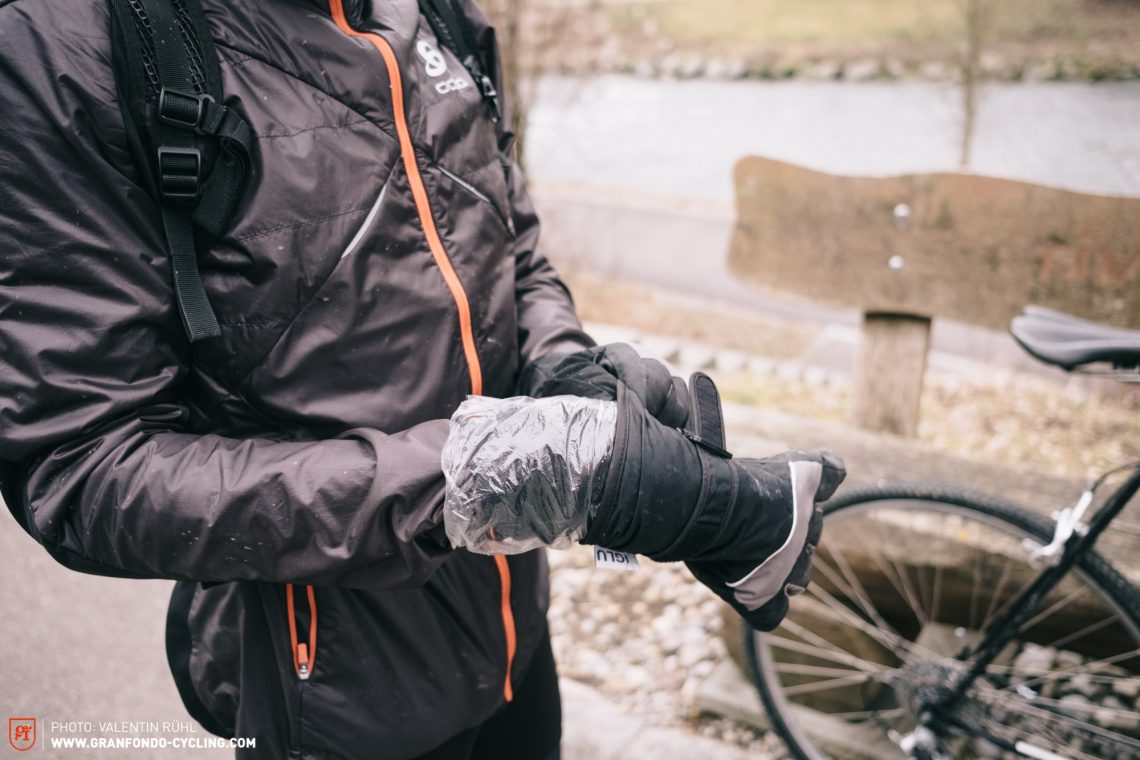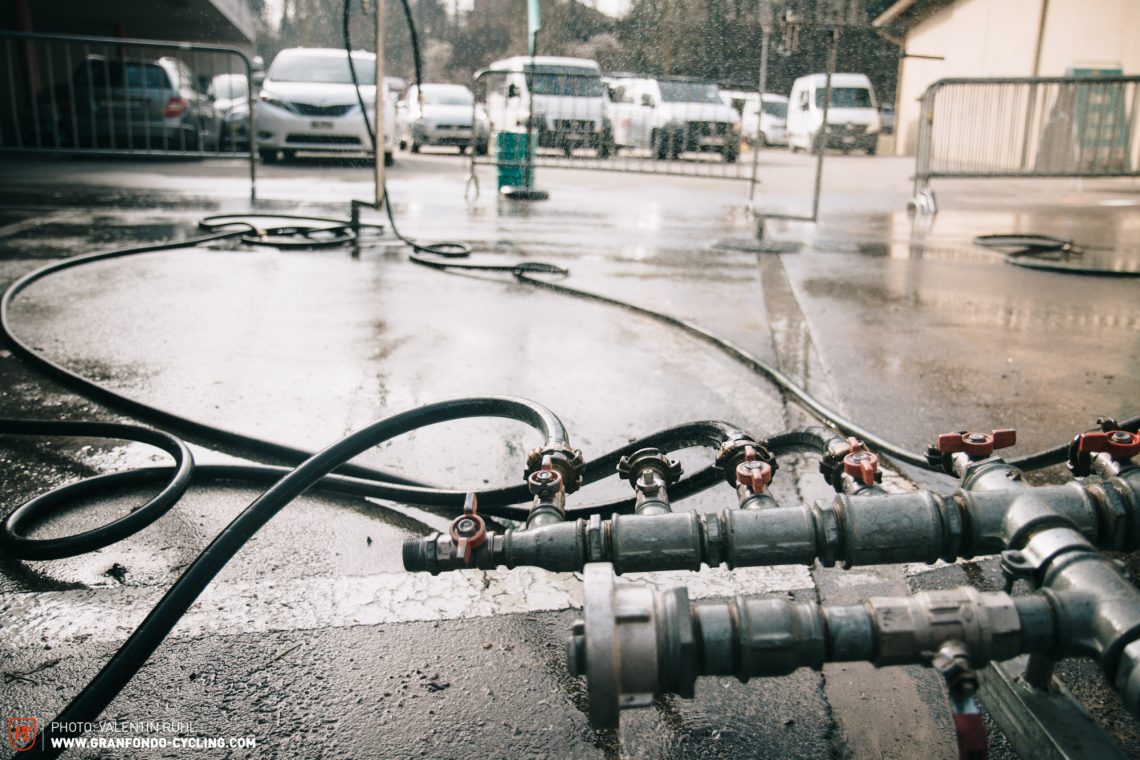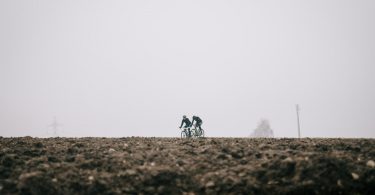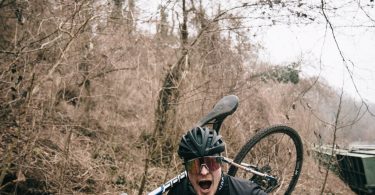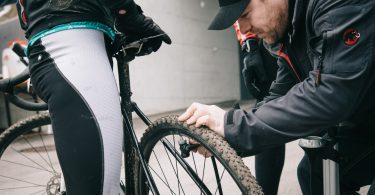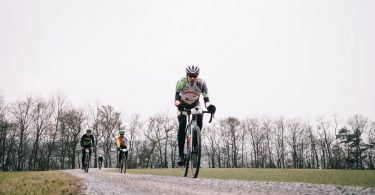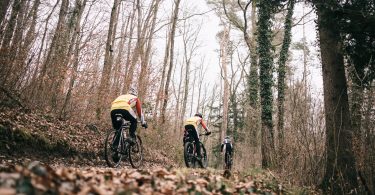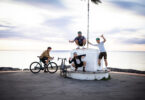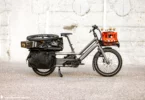At first glance you could have been mistaken for wondering if this year’s Tortour winter edition had turned from what was one of the hardest events of 2016 into a casual coffee ride for 2017. The temperature was hovering around a fairly conservative figure, there was no threat of rain, the riders had no more than 177 km to cover in three stages, and it even resembled the sort of ride you could complete on a second-hand flea market find. However, appearances are never more deceptive than when it comes to cycling and these conditions would still push the limits of grown men and women.
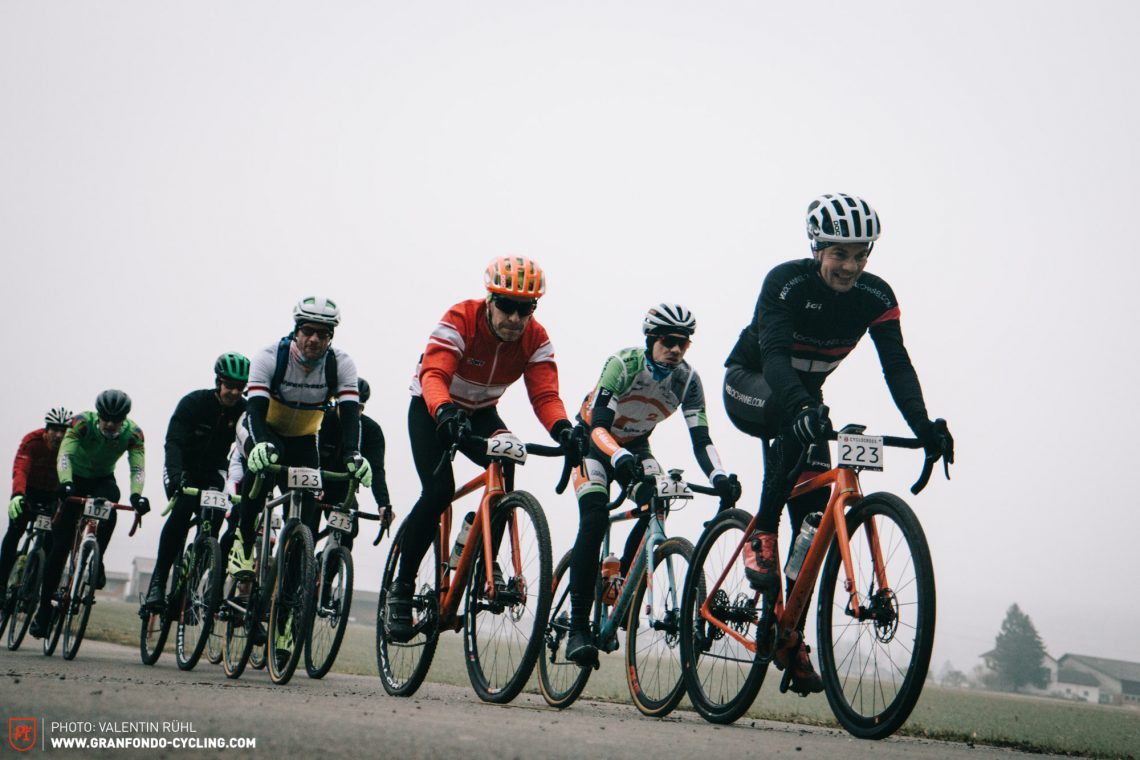
Tortour: its name alone is enough to conjure up images that’ll leave you cowering behind a cushion. Events don’t come much more forthright about their purpose than the Tortour. The summer edition translates Tortour as 1,000 non-stop kilometres, with total climbing that exceeds the height of Kilimanjaro. In winter, it’s the purpose of the season to challenge the riders. At last year’s event, winter was out in force, with ankle-deep snow and the sight of grown men crying proving testament to the difficulty of this now iconic Swiss event.
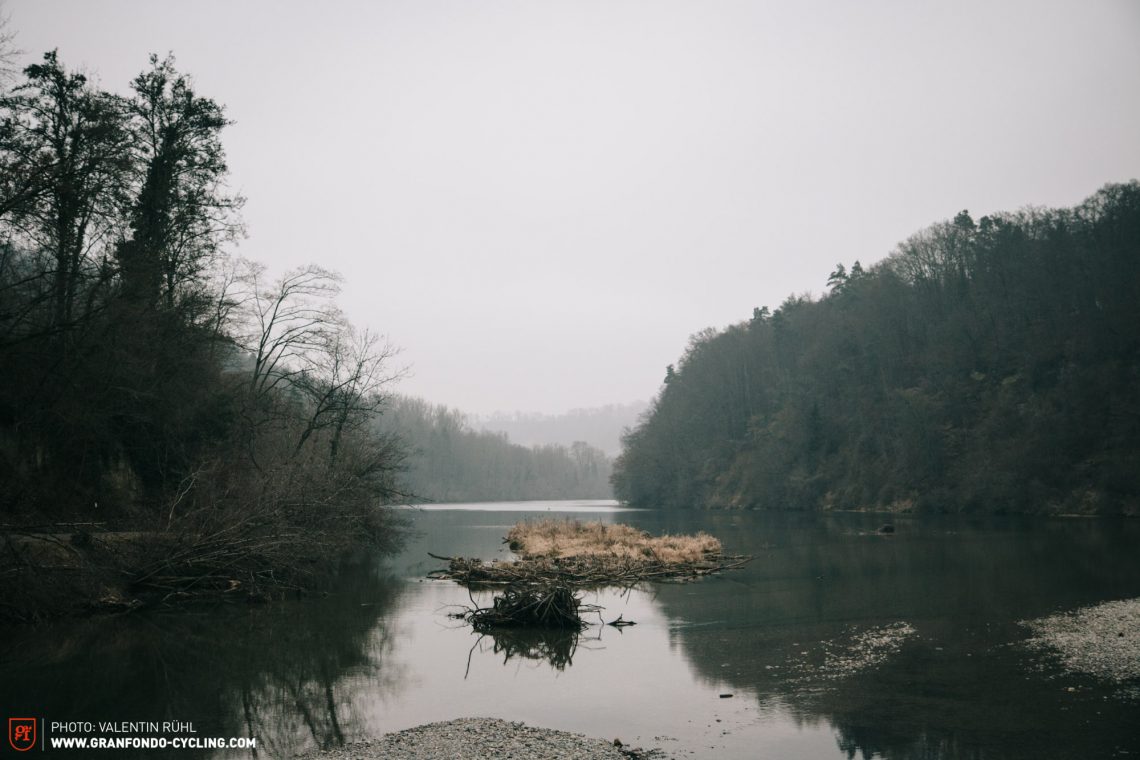
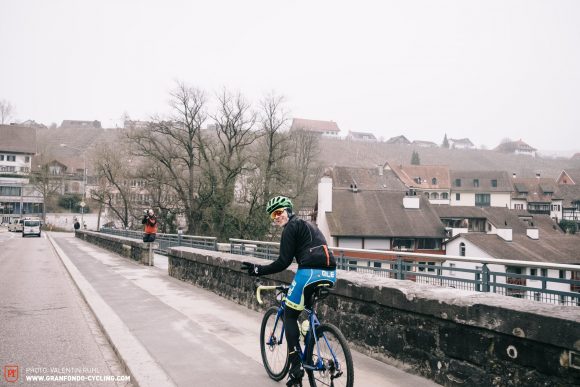

But what happens when winter doesn’t want to play ball? With very little snow and temperatures just above freezing, there was even a glimpse of sun and it seemed like the weather may show some mercy. Add in the rumours circulating that the route had got easier and we wondered whether the Tortour had cried surrender?
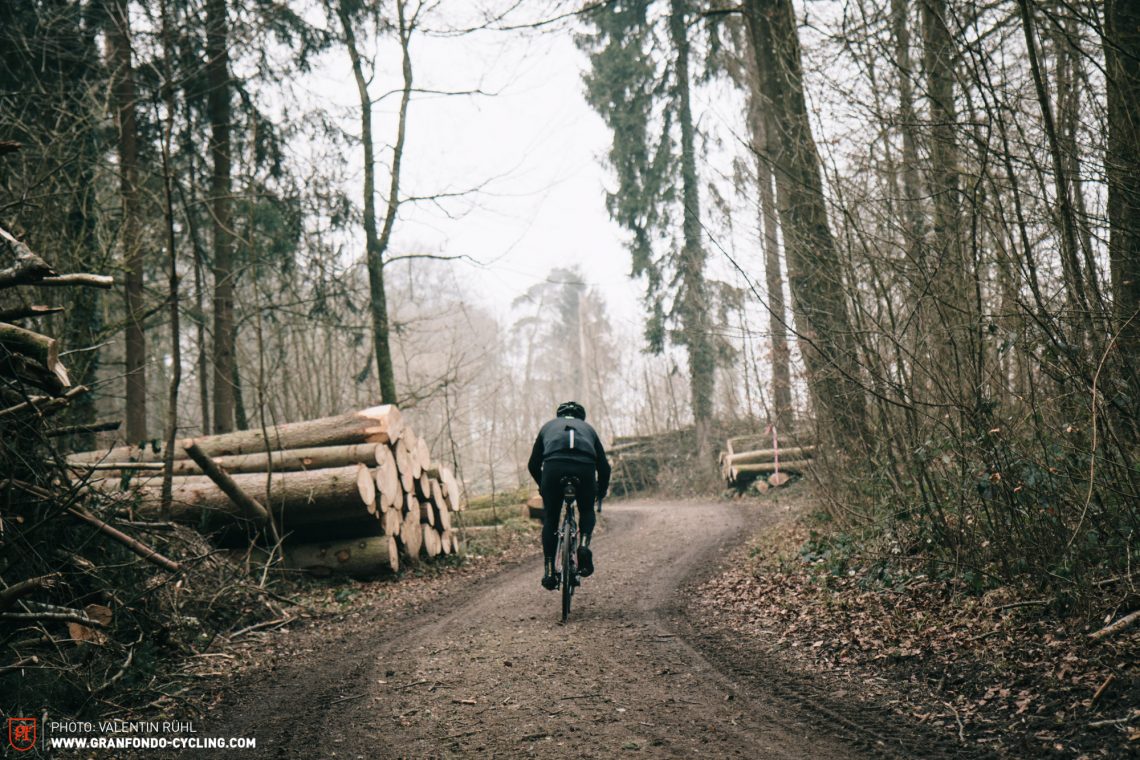
The terrain and the right technique
If winter won’t step up to challenge, then it comes down to the route. And despite the rumours, this year’s route would satisfy its name. And while 177 km in three days sounds reasonable – particularly in a flat country, like Holland or Belgium – it’s different in the Swiss Alps, with 2,600 metres of climbing on fire roads, gravel tracks and tarmac, littered with long stretches of carrying the bike, patches of snow and singletrack. The Tortour Cyclocross was anything but a casual ride with friends; it was a well-crafted, meticulously calculated journey that took riders to the limits of human potential.


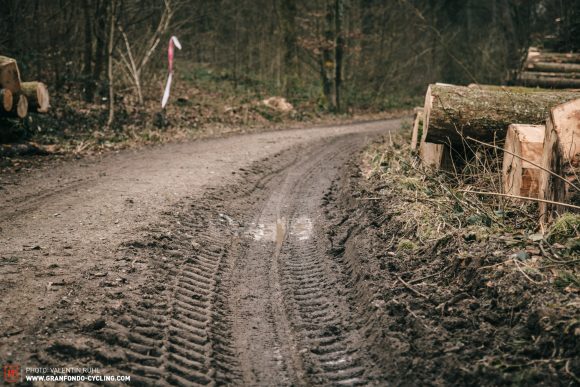
But amongst all this suffering, you shouldn’t overlook style – and that means having the right bike. This year may go down as the year of the Focus Mares, that now classic cyclo-cross whip that continues to dominate races (even when we’re riding). But the Tortour isn’t your regular cyclo-cross competition, and as such it welcomed a mixed bag of bikes, with a splattering of mountain bikes and a horde of gravel bikes dominated by a head-to-head with the 3T and the Open.
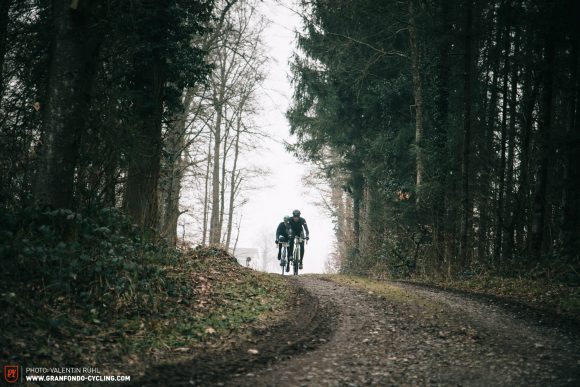
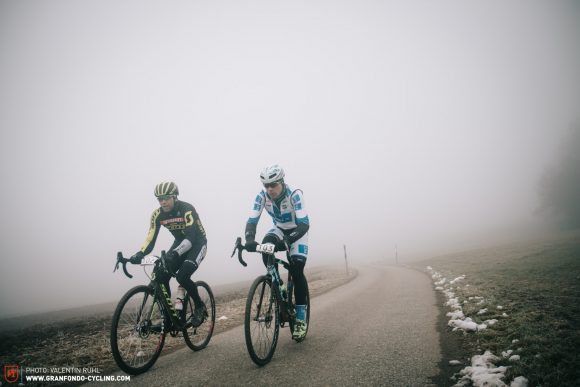

However, whether you’ve got a high-end, svelte piece of beauty or a bargain basement find, the only really important aspect is knowing that it’ll get you safely through the challenge. With an event like the Tortour, simplicity beats complextity and the ingredients for a painfree Tortour were tubeless tires, a 1x gearing set-up and a healthy dose of luck. The presence of disc brakes also comes warmly recommended, as 2,600 metres of climbing mean you’ll have to go downhill eventually.
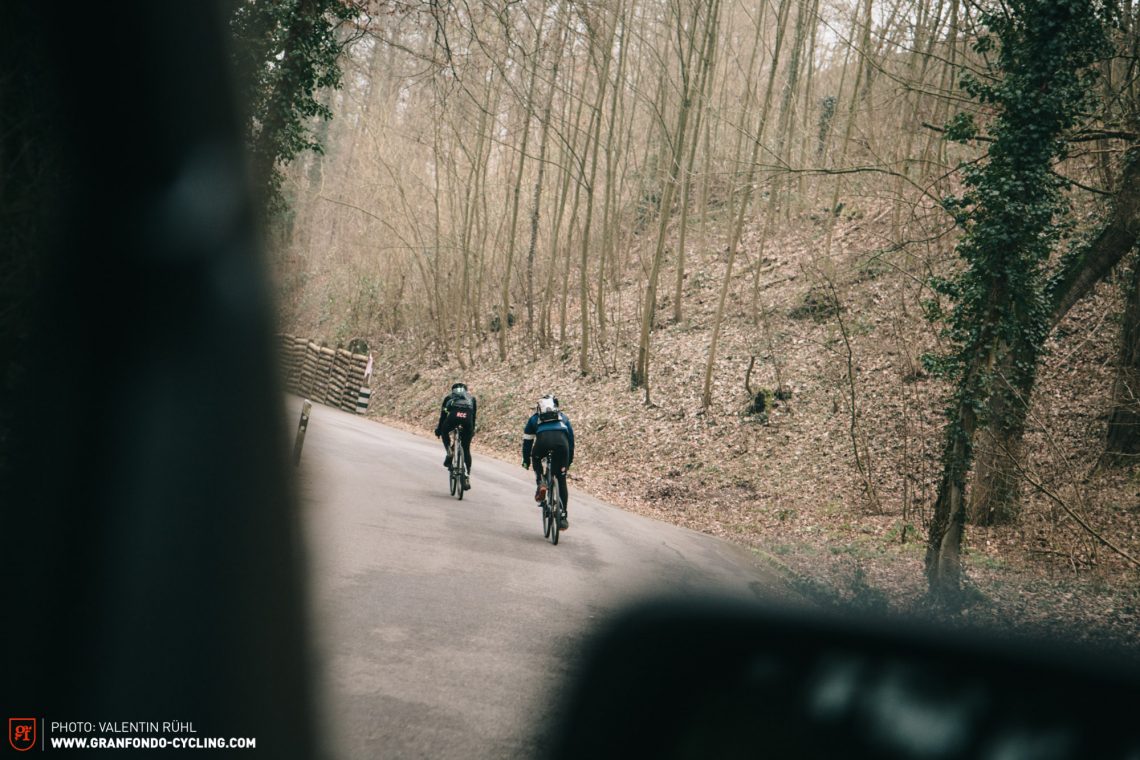
Anforderung an Körper, Geist und Equipment
Question: ‘What’s your best advice to survive the Tortour?’ Answer: ‘Dress warmly.’ Don’t underestimate the temperature. It’s better to sweat a little bit more and rely on your apparel to dry quickly, than to shiver your way through the woods with exposed arms and legs, numb extremeties and incapability to use the bike properly. Riding the Tortour Winter Cyclocross for Gran Fondo Magazine, Stephan Gübler found out that it’s worth adding a thermal baselayer and a couple of outer layers. Overshoes are another essential, and you can even add plastic bags for layering between your shoes and socks. A gilet gives vital chest protection and could be the winning card in the battle against the weather.
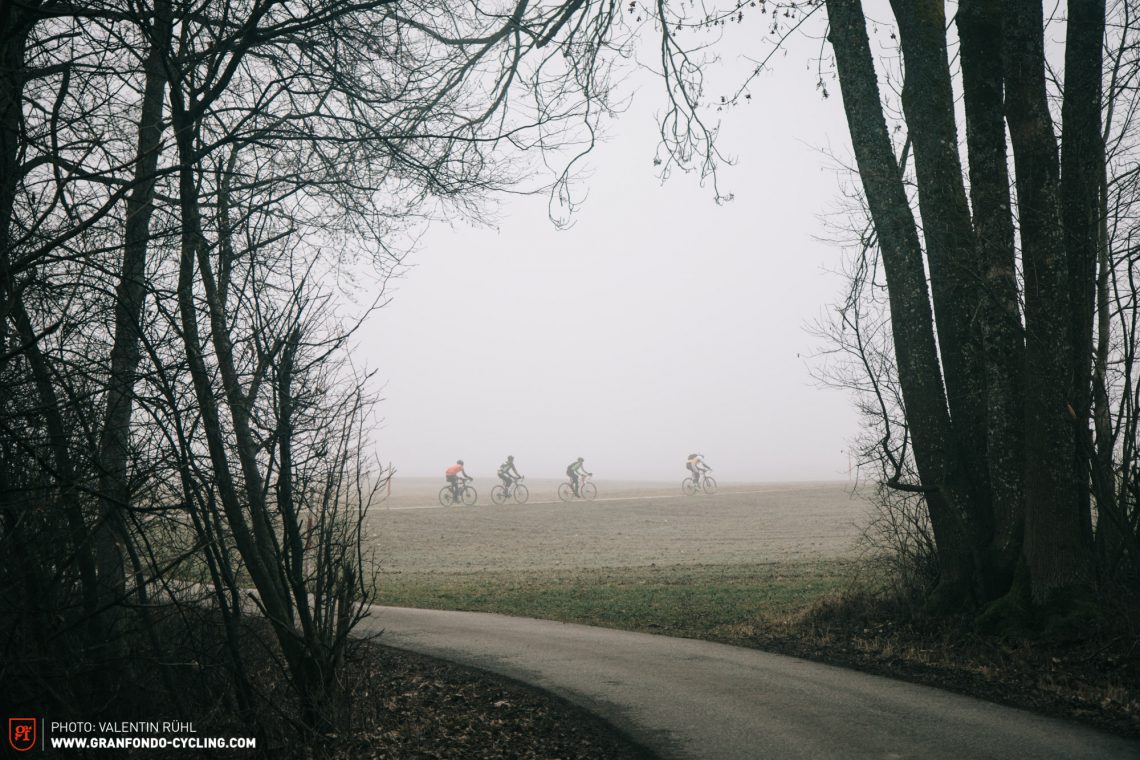
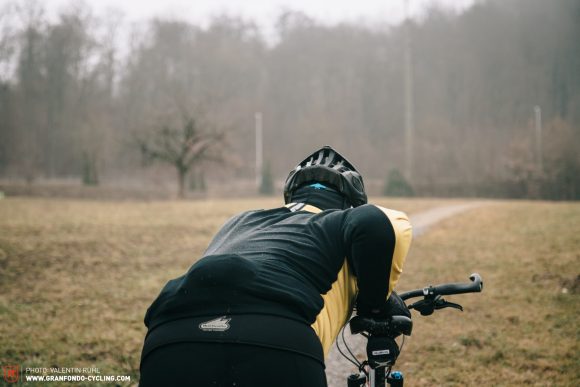
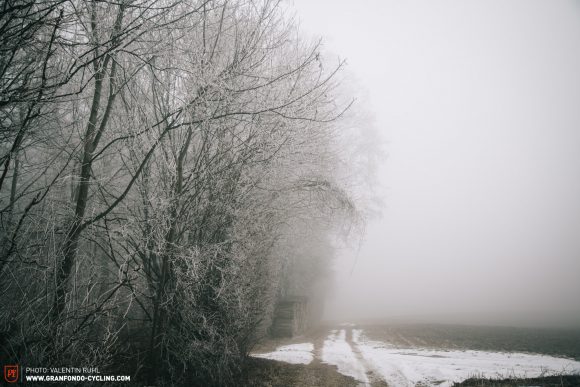
There’s another challenge set by the arrhythmic riding: forget those hours you invested in a consistent cadence; that won’t get you far in the Tortour. The terrain and conditions changed with each minute that passed, with virtually constant interruptions to that sought-after ideal cadence.
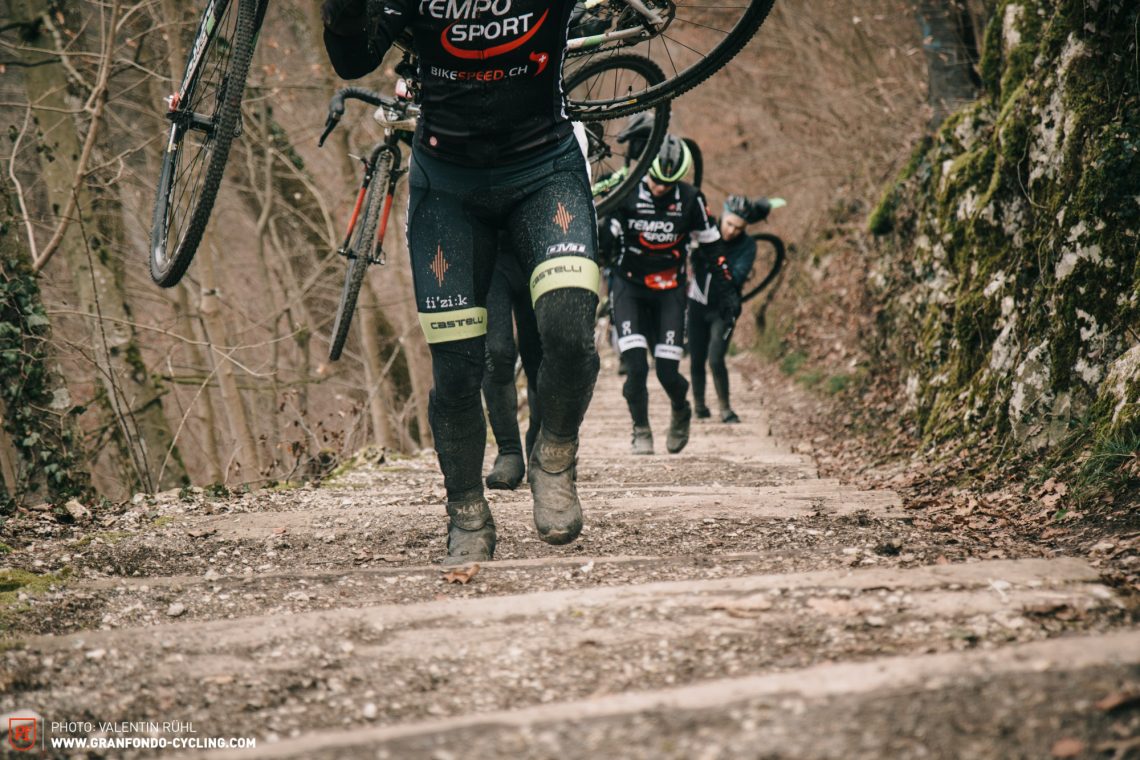
For future editions: learn how to respond to different terrains and practice carrying your bike in comfort. If possible, start with a team or find a group at the start with a similar speed and ability. You aren’t riding against each other – just to finish is the same as winning here. Any help will be reciprocated: let someone slipstream you, give someone a helpful push, or just dig deep together. There’s no glittering diamond waiting for you at the finish; just a can of Hülse beer to drink with comrades.
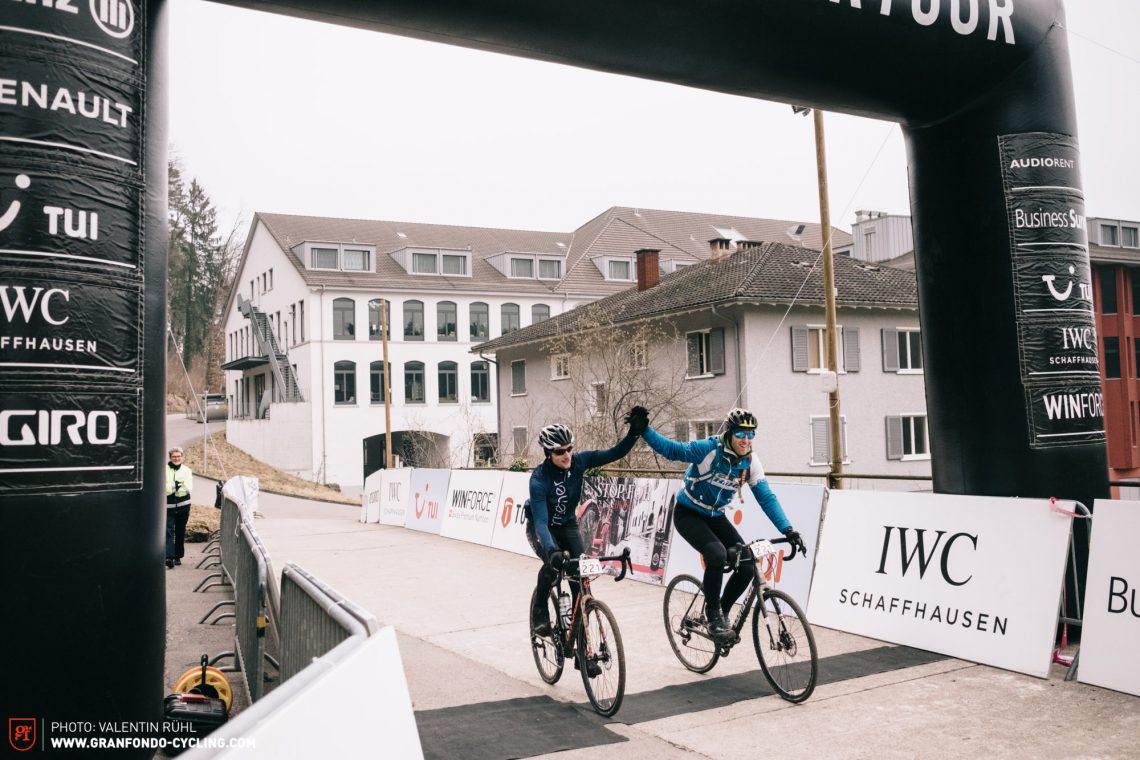
Our thoughts
Even with a second-hand bike brought from the flea market, the Tortour was never going to be a coffee ride. The admittedly steep starting fee of € 365 was reflected in the well-oiled organization and generosity of the event, providing the ultimate platform to broaden one’s horizons and limits. Created to test the riders against the elements, the Tortour has a recipe for united suffering and paves the ways for the satisfaction that’s gleaned from pushing your limits. It’s about how high you set the bar for yourself, and how much you’re willing to invest to reach your goals.
The Tortour ahead
At the classic summer Tortour, there are three distances: the Tortour (ca. 1,000 km), the Tortour Challenge (ca. 525 km) and the Tortour Sprint (ca. 370 km). All three races will be held between the 17th and 19th August 2017.
The Tortour Cyclocross Winter is due for a return in 2019. For 2018, the organisers have scheduled a summer cyclo-cross version, so get preparing.
For more information head to tortour.com
Did you enjoy this article? If so, we would be stoked if you decide to support us with a monthly contribution. By becoming a supporter of GRAN FONDO, you will help secure a sustainable future for high-quality cycling journalism. Click here to learn more.
Words & Photos:



